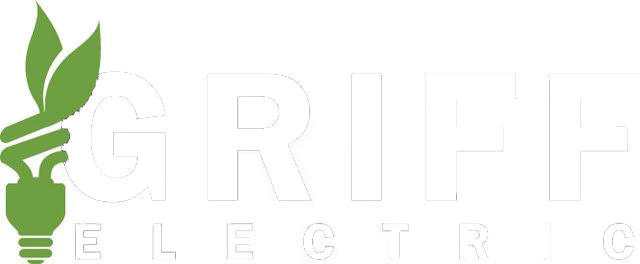We live in an age of DIY. It’s a good feeling to do something yourself and be proud of the work you put in, and there is no shortage of inspiration from Pinterest and other outlets.
But what if your DIY work created safety risks? With so many nuances to electrical work, that is all too often the case. Here are the top 5 electrical DIY mistakes. and how to correct them:
1. Faulty box installation: Did you know that the depth and location of your electrical outlet boxes matter? Well, it does! Each electrical box should be installed so that the face of the box sits flush with the face of the wall. If it is installed so that it sits too far out or is recessed, electrical heat and sparks can be exposed to wood and other combustible materials, creating a fire and safety hazard.
How can you tell if the box is flush? One good way is to notice whether the outlet wiggles when you plug something in. If it does, it’s probably not flush, and needs to be repaired.
If you improperly installed an outlet box, don’t worry. Installing a box extender is a quick, cheap, and simple way to ensure your electrical safety.
 2. Overloaded outlets: Every outlet in your home comes prepared to handle a certain electrical load. For example, the general purpose circuits in your bedroom isn’t designed to handle large electrical power draws from a refrigerator, for example.
2. Overloaded outlets: Every outlet in your home comes prepared to handle a certain electrical load. For example, the general purpose circuits in your bedroom isn’t designed to handle large electrical power draws from a refrigerator, for example.
But even if you’re not overburdening your wires by plugging a fridge into your bedroom, you’ve likely been there before — drawn to a convenient outlet in the home office, or sitting right by the bed. It’s tempting to plug everything into it using an extension cord or power strip for your convenience, but that doesn’t make it safe.
The National Electrical Code prohibits overloaded outlets because they create too much electrical demand on a circuit, creating a risk of fire or shock. Avoid this electrical hazard by being mindful of the demand you’re placing on your circuits, and spreading out the number of things you plug into each.
3. Pinched electrical wires: Safety first, right? That’s why you secured your electrical wires properly. Or did you?
When wire staples are hammered in too tightly to secure a wire, the insulation is pinched, which results in a serious fire hazard. The same hazard exists when an electrical wire is pierced, which can easily happen during installation. This can create an arc fault, where electricity is released from the wiring and causes surrounding material to catch fire.
Avoid this DIY hazard by inspecting your wires to make sure there are no cracks or piercing, and taking care to secure them properly without being too restrictive.
4. Stuffed electrical boxes: Nobody performs at the top of their game when they feel stuffed, and electrical boxes are no exception. Every electrical load has a minimum box size required by the National Electrical Code, meant to reduce the risk of short-circuits and fires.
To ensure your electrical box is the proper size at minimum, use the following formula:
-Add 1 for each hot wire and neutral wire entering the box
-Add 1 for all the ground wires combined
-Add 1 for all the cable clamps combined
-Add 2 for each connected electrical switch or outlet
Multiply the total by 2 for 14-gauge wire, and by 2.25 for 12-gauge wire, to determine the minimum box size required in cubic inches, and choose a box with this much volume.
5. Wrong type of wire: Wires may look very similar to the untrained eye, but they’re designed to be unique and purposeful. Each electrical wire comes with a type, rated amperage, and intended use. There are copper wires, aluminum wires, residential wires, and outdoor-use wires. And using the wrong wire in the wrong place can put you at risk for shock or fire.
Ask a professional and consult the electrical codes to ensure you’re installing the proper wire for your needs.
Phew! As you can see, there’s a lot to know about electrical safety and the hazards of DIY-gone-wrong. Don’t want to worry about electrical box sizes and wire types? Leave it to your licensed electrician, who is highly trained and knows these things by heart.



